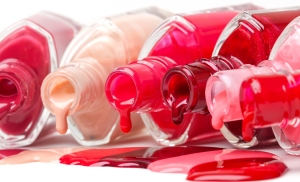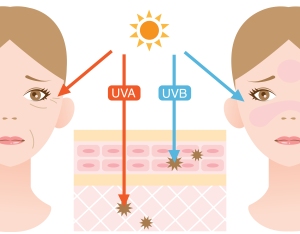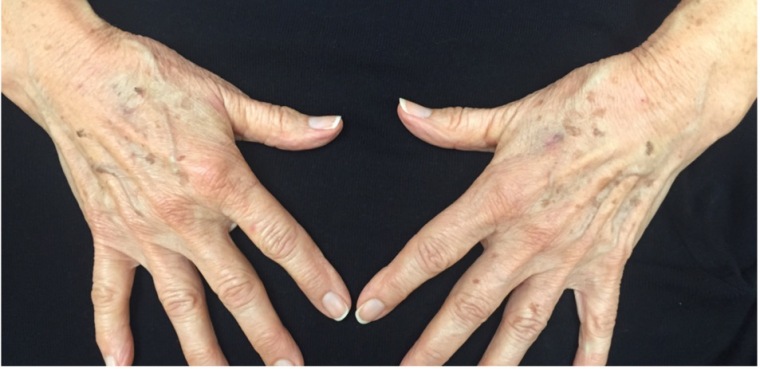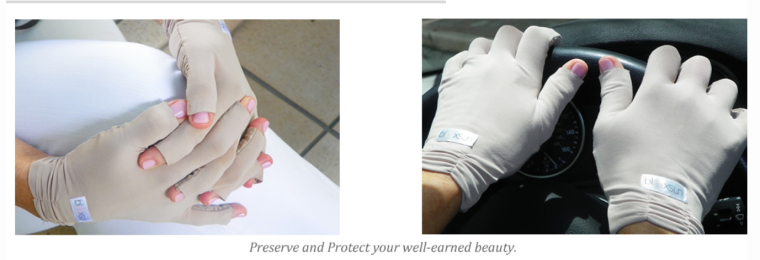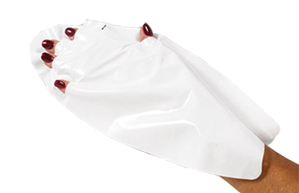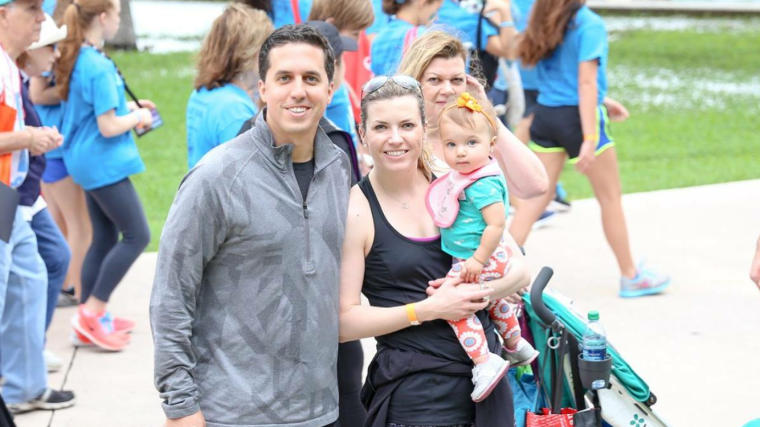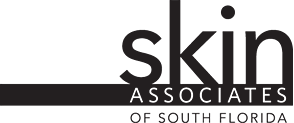Why, might you ask, did I attempt to try to make my own sunscreen? Boredom on vacation?
I think many of us are attracted to do-it-yourself home remedies. They seem cheaper and it might make sense to use things that are already in the cupboard. For instance, apple cider vinegar seems to be the internet/Facebook “cure-all” – it can fix everything! Pretty soon I started noticing links for how to make your own sunscreen. I haven’t tried apple cider vinegar yet, but had to try this one.

Those looking for natural or organic solutions are particularly ripe for getting misinformation or potentially dangerous advice. There are MANY excellent natural solutions, but usually those giving advice (i.e. your friend on Facebook) don’t have any medical background, making it hard to vet what is SAFE and effective.
As many of you already know, I’m very passionate about sun protection, and wanted to make sure that people weren’t getting bad information. I was optimistic, hoping to be surprised! With this in mind, I set out to make my own sunscreen.

- It was relatively easy and fast to make.
- There were only a few ingredients, which should please simplistic and naturally oriented people. (Ingredients: coconut oil, shea butter, zinc oxide, pomegranate oil, and lavender oil).
- I did not burn while wearing it for 2 hours in the noon Florida summer sun.
Here were the cons:
- It cost me $57.70 to get all the materials!
- It was messy to apply. Commercially formulated containers exist for a reason. Next time I would transfer it to a squeeze bottle.
- Forget re-applying (one of the most common mistakes people make is not reapplying their sunscreen) – it would be way too messy to transport this DIY sunscreen.
- I felt like a human version of “Slip-N-Slide” after applying. The texture was way too greasy for my taste.
- The true SPF of the concoction is unknown – a major no-no for me.
- The stability and expiration date is unknown – I would guess that you could keep this mixture for 60 days, and then have to repeat the process. (I have absolutely no data to support this, which is the point… how do you know if it’s still good?)
- The ingredients separated after mixing – not a big deal – just required mixing again before applying. A few days later the mixture was more consistent and paste like.
- I would not recommend using this on your face if you are break-out prone. The oils might cause an acne flare.
My conclusions:
Save the $57.70, buy a $15 sunscreen with SPF 30+ and UVA protection, and use the rest of the $$ for a good sun shirt! (Find my sun shirt picks here!)
And a last few words. Some websites advocate using coconut oil alone as sunscreen – this is NOT OK! Coconut oil has an SPF of about 4-6. Would you ever consider buying a sunscreen with SPF 5? No, so don’t consider it adequate protection for your skin. The American Academy of Dermatology recommends a broad-spectrum sunscreen with an SPF of at least 30. We are talking about a serious cancer risk (1 in 5 Americans will develop a skin cancer in their lifetime), as opposed to any hypothetical concerns about ingredients – see my in-depth post about sunscreen safety here. The mixture above includes zinc oxide powder to beef up the SPF. Even easier, you can also very easily find some simple commercial sunscreens with zinc oxide.
While my experiment “worked” in that I didn’t get burned, the practical aspects of the homemade sunscreen made it a no-go for me. It was too expensive, too greasy, too messy, and in my humble dermatologist opinion, a little too risky for me. I’m ok with using a homemade milk mask, but I don’t like risking DNA damage to my skin cells because I messed up the SPF formulation. I’ll leave that to the experts.
It takes just two painful sunburns to increase your risk of melanoma, so for me, it’s really not ok to experiment with sun safety. I did it for you, so that you won’t have to!
In the end, my main message is to use something that you know has an SPF of over 30, reapply every two hours, and practice sun safe behaviors.
Dr. Jacquelyn Dosal is a Board-Certified Dermatologist practicing dermatology in Miami, FL at Skin Associates of South Florida and is a voluntary Assistant Professor at the University of Miami.











